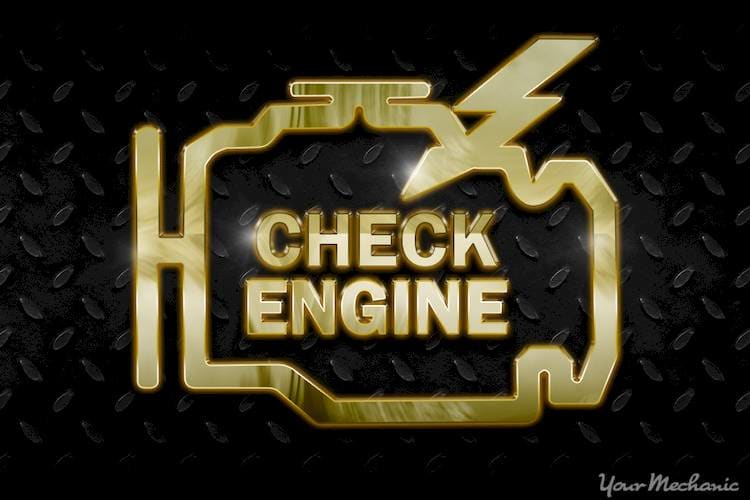P2227 trouble code definition
Either the barometric pressure sensor is providing a reading that does not correspond to the parameters of the ECM about the atmospheric conditions, or the output of related sensors such as the throttle position sensor or manifold absolute pressure sensor do not correlate.
What the P2227 code means
The barometric (BARO) sensor is used by the engine control module (ECM) to measure the pressure of the atmosphere. The pressure is affected by weather conditions, air volume, and altitude. A diaphragm is built into the BARO sensor which opens and closes at different atmospheric conditions. The sensor will translate this activity into an electrical resistance.
The ECM will send the BARO sensor a 5 volt reference. The voltage will be met by the resistance created by the BARO sensor. The BARO sensor will ingest the voltage into its own stomach known as resistance. Voltage being sent back to the ECM will vary depending on the amount of resistance inside the BARO sensor. If the voltage sent back to the ECM is too high or too low, a P2227 code will be set.
After the resistance is applied, the remaining voltage will be sent back to the ECM, which will tell the ECM the atmospheric pressure.
An accurate atmospheric pressure reading is needed to by the ECM to maintain delicate tasks such as fuel delivery.
What causes the P2227 code?
- Faulty MAF (mass air flow) sensor
- Faulty BARO sensor
- Faulty ECM
- Short or open condition in the BARO sensor circuit
- Sticking idle air control valve
- Clogged intake inlet- debris in airbox
- Faulty throttle position sensor (TPS)
What are the symptoms of the P2227 code?
Check Engine Light illumination
Vehicle may go into limp mode. Limp mode is a fail safe mode for the engine where the ECM will only allow the vehicle to reach a limited speed (usually less than 30 miles per hour)
Sluggish acceleration
Rough idle
Engine hesitation
How does a mechanic diagnose the P2227 code?
It is best to diagnose such codes with a scan tool and observe the live data. The data from the MAF, BARO and TPS should increase at generally the same rate when opening the throttle
Measuring the voltage coming from the BARO, MAF, and TPS sensor with a multimeter
Inspecting the air box and air intake for debris
Common mistakes when diagnosing the P2227 code
Replacing the BARO sensor without the inspection of other sensors such as the MAF and TPS
How serious is the P2227 code?
It is fairly serious because the ECM will not be able to properly regulate the air-fuel ratio of the engine. An improper air-fuel ratio will shorten the lifespan of the engine as well as produce mass toxins which cause harm to the environment.
What repairs can fix the P2227 code?
Some models such as Honda or Acura built the BARO sensor inside of the ECM. These models are also the most common which the BARO sensor fails. If the BARO sensor is determined to be bad, the entire ECM must be replaced.
Need help with a P2227 code?
YourMechanic offers certified mobile mechanics who will come to your home or office to diagnose and repair your vehicle. Get a quote and book an appointment online or speak to a service advisor at 1-800-701-6230.
Check Engine Light
trouble codes
P2227
No more waiting rooms! Our mechanics will come to you to diagnose and fix the P2227 code.





